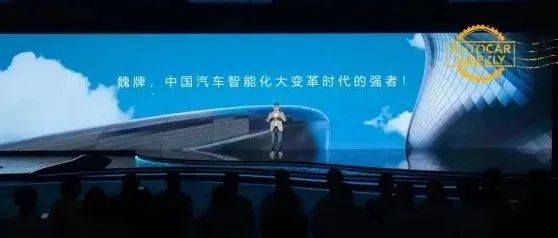Karakush
Today, the first thing a young European wakes up to do is to open their smartphone and spend two minutes scrolling through Douyin. The phone is probably the realme GT2 that they queued 30 meters in the mall to buy last month.
Then, like on Douyin, they empty the dozens of Foshan high street pieces they ordered from SHEIN the previous day, piling them up into a mountain on their bed, enjoying the feeling of wanting to go out, but not having enough body to do so.
At the same time, a young Chinese person is on their exquisite way home from work, holding the coolest folding phone of the year, the OPPO FIND N. Half the screen is playing a misty theater, while the other half is racing to place an order for trendy ANTA shoes.
When they reach a street corner, faced with a row of Manner, Seasaw, and M stand, they begin to struggle over what flavor of divine coffee they want. Finally, they walk another 100 meters and turn into Luckin Coffee for their coconut latte.
It seems they passed by a Starbucks, but the lack of sweetened milk is not enough to bring happiness, nor does it display outstanding style in their hand.
This is the current state of domestic products.
Our history of striving for domestic products is evolving from a modern Chinese manufacturing movement to a comprehensive expansion of Chinese brands, expanding outward and upward.
This is undoubtedly what was expected when China first proposed China Brand Day in 2017, calling on the whole country to “tell the story of Chinese brands.” The story of Chinese brands is no longer just “buying means being Chinese,” it is a named and distinctive choice.
That same year, Chinese brand automobiles began another tale. With a market share reaching the peak of the past decade at 43.9%, a group of mid-to-high-end brands emerged, surpassing the so-called luxury brands and jumping into the price range of joint ventures. WEY led the charge, and its VV7 was probably the first small and luxury-level Chinese brand to exceed 10,000 units per month.
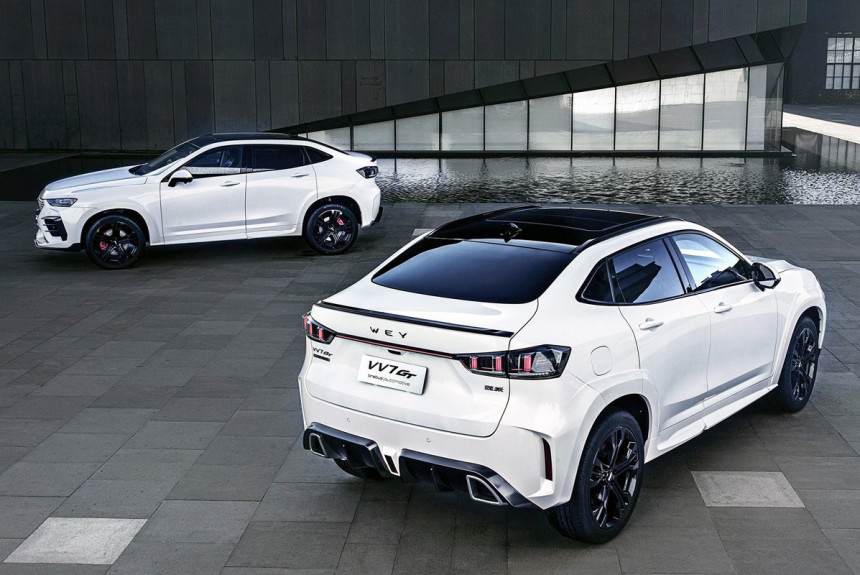
Since then, product imagination has continued to grow. In March of this year, WEY launched the Mocha DHT PHEV, priced at RMB 295,000 – 315,000, marking a new chapter for WEY. Taking advantage of this year’s China Brand Day, they proposed a new consumer proposition for the new era —— “Heroes not defined by LOGO,” breaking traditional prejudices.
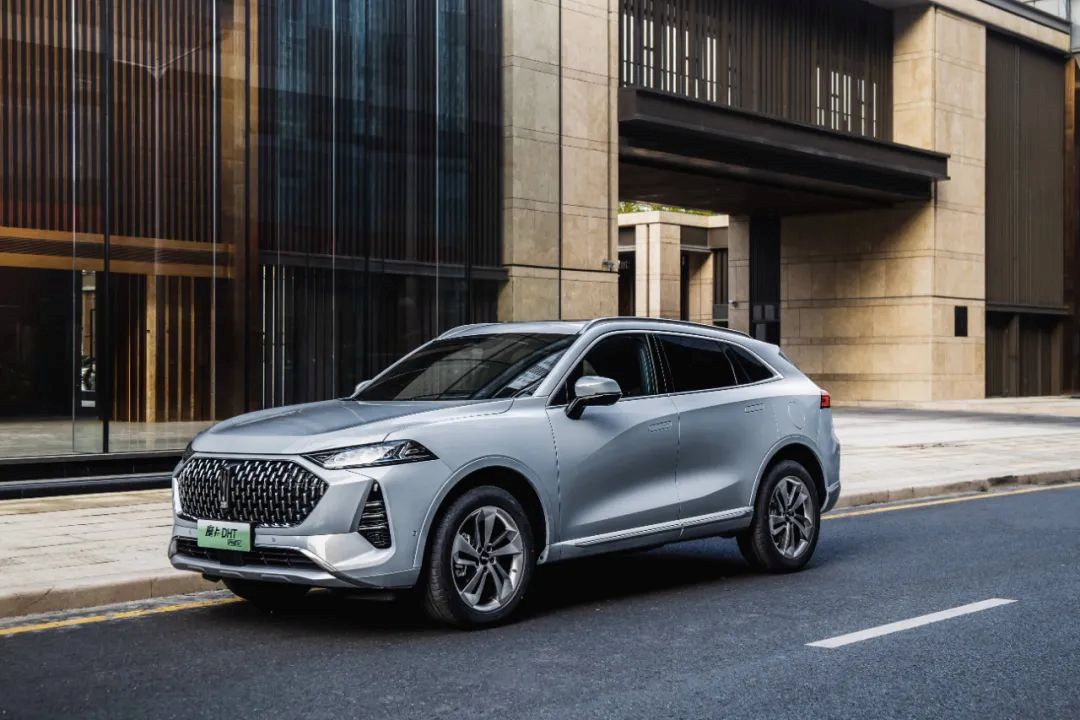 Six years ago, Wei Pai saw a profitable market monopolized by joint ventures. According to Li Ruifeng, after six years, relying solely on old tricks, such as comprehensive cost performance or leading advantage in a certain dimension, is difficult to establish a foothold. The essential upward trend of Chinese brands isn’t merely a scattered improvement in quality or technology, but rather requires breaking through the traditional model.
Six years ago, Wei Pai saw a profitable market monopolized by joint ventures. According to Li Ruifeng, after six years, relying solely on old tricks, such as comprehensive cost performance or leading advantage in a certain dimension, is difficult to establish a foothold. The essential upward trend of Chinese brands isn’t merely a scattered improvement in quality or technology, but rather requires breaking through the traditional model.
If we analyze all the successful Chinese brands, we can almost always find three features: independent technology R&D, “high-sugar” user relationships, and “high-spirited” management gurus.
Independent Technology as a Protective Shield
The most significant commonality is the independent technology development capability. This is not only referring to positive research and development ability but also initiates independent exploration of suitable technological direction based on consumer insight and judgment rather than developing products on benchmarks set by joint ventures. The latter form of independence is also the yardstick for Chinese brands’ core technological competitiveness assessment.
For example, in the new energy race, the Chinese camp presents a variety of trends, including pure electric, pure electric + ultra-fast charging, pure electric + battery swap, extended range, and various PHEVs. The multitude of trends itself illustrates a uniquely native ecology. In the past, Chinese brands launched new powertrain options for benchmarking parameters and reducing cost, but the situation is different today. Most same-level and same-price logos, even global brands, are struggling to respond with new energy models suitable for the Chinese market’s conditions. Chinese brands dominate both the low and high ends of the market.
Wei Pai has chosen the route of a 2-speed, long-endurance DHT PHEV because they believe it is the “best new energy technology” from a user experience standpoint. The key to the experience is comprehensive scene coverage. Perhaps it isn’t the most outstanding performance in all aspects, but it doesn’t have weaknesses in any particular area.
Taking the Mocha DHT-PHEV as an example, its comprehensive endurance exceeds 1000 km compared to pure electric, with unlimited supplementary power and no long-distance anxiety. Compared to the single-mode of extended-range EV, it has better power performance and fuel efficiency. It can start earlier in the most efficient operating range, resulting in better acceleration than single-gear series-parallel systems. Compared to a gasoline-powered car, the 204 km pure electric range brings a high-quality driving experience and low-cost “grocery shopping” in the city. Moreover, it also supports external discharge, realizing out-of-town hot pot and barbecue freedom.Translate the Chinese text in the Markdown below into English Markdown text, in a professional manner, preserving the HTML tags inside the Markdown and only outputting the result.
For example, independent development of intelligent technology is also a prominent characteristic of Chinese brands, as new features often land quickly, have a high success rate, and iterate rapidly. For example, Wei Pai’s NOH Smart Navigation Assistance System can achieve functions such as lane protection, safe avoidance, tunnel passage, and highway entrance and exit. It was launched in December of last year.
At the same time, Haomo Intelligent Navigation, under the Group’s shareholding, has also completed the development of urban NOH functions. It has L3 level functions such as navigation lane change, red and green light recognition and control, intersection passing, pedestrian avoidance, and can handle complex scenarios such as close range cut-off, vehicle blockage, intersection, ring island tunnel interchange, etc. It will soon be launched on Mocha. Similar functions are mostly developed by Chinese brands, while mainstream joint ventures lag far behind.
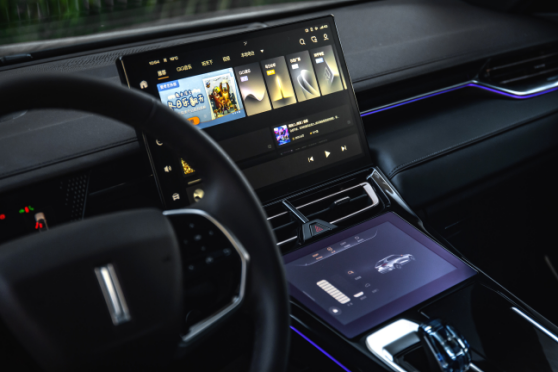
This may seem like technological advantages, but it is actually a pattern of progress. Fei Zhengqing once proposed that China’s modernization process is a “shock-response” model. Reflected in the product field, it means that Americans, Europeans, and Japanese have something first, and we achieve domestic production on a large scale, producing similar performance and relatively cheap national products.
The pattern determines that the competition means in this substitution process can only be “cost-effectiveness,” and it also determines that after becoming the world’s largest automobile producing and selling country in 2009, Chinese auto brands did not have substantive discourse power for many years.
In the field of new energy and intelligentization, traditional joint venture brands are no longer market benchmarks, and are even temporarily left on the sidelines. Wei Pai and all Chinese brands have been able to get rid of “substitute literature” for joint ventures and establish their own “cultivation mythology.” They are proving through more advanced technological functions that they have the willingness and ability to lead and even define the next round of automotive technology competition.
Continuous iteration of consumer insights, co-creation with users
Another feature is that Chinese brands are very fond of emphasizing “customer-centricity” and building intimate friendships with customers beyond business.
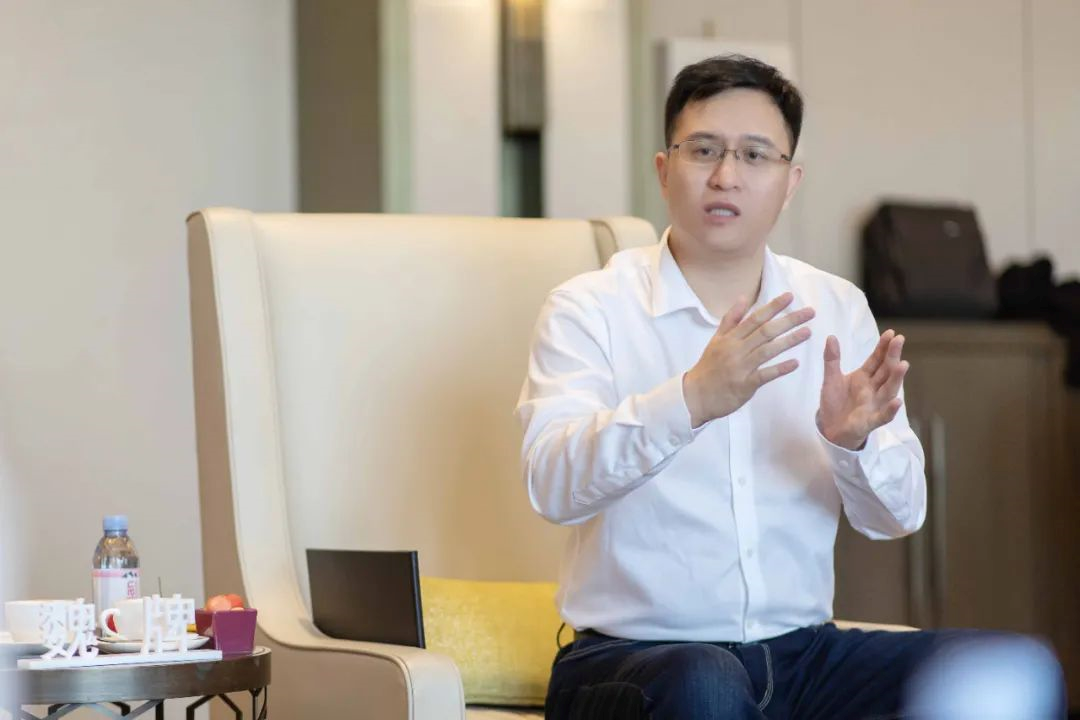
Li Ruifeng told us that Wei Pai’s proposal of “not discussing heroes by logo” was a summary of the group of buyers of Mocha under it. Many of them are highly-educated people from first- and second-tier cities who are upgrading their consumption or buying new cars, have a rational understanding of cars, an open attitude towards domestic brands, and are willing to participate in brand building. They often make improvements and suggestions, and even write suggestions of 5,000 to 6,000 words.
These mature consumers are almost the object of desire for all brands, but they are not grown on trees. Many brands mistakenly believe that the demand for general consumption upgrades will evenly distribute mature consumers to every Chinese brand that pursues high pricing.In fact, they always tend to gather around certain brands. The motivation behind being able to “ignore logos” or “not care about face” is that these brands can offer greater value in terms of experience and products. The rise of Chinese brands is mutually beneficial with this generation of Chinese consumers.
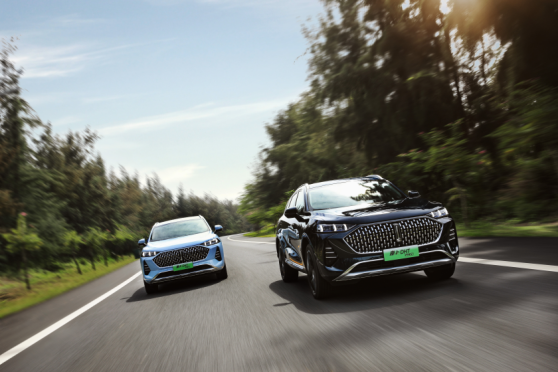
Wei Pai’s strategy is based on benign interactions to achieve “everyone responds to one problem”.
For example, establishing feedback collection at a pore-level. Not only does Wei Pai connect its own self-operated APP, but also various social media platforms such as DCH, Autohome, Weibo, etc. Members from management and technical teams all have to register with their real name and establish direct, high-frequency contact with users.
This is part of Wei Pai’s long-term plan to establish a quick response mechanism, to store user resources in private domains. All suggestions from various channels will be systematically collected and responded to within 30 minutes.
Those reasonable suggestions will be pushed to the technology center and service center for feasibility research and project establishment. The relevant departments will cooperate to improve time and solve efficiency, and project numbers and progress will be made public on the APP so that users can supervise them.

This goes beyond the traditional “service” category. Past services were characterized by attitude. Today’s services are characterized by intelligent production patterns that directly involve users in the daily production process, turning them into “product managers” for the brand. This turns users from downstream end consumers who make transactions and leave to being a long-term part of shaping Chinese brands.
Users are very sensitive to changes in their power to speak. Wei Pai CMO Joe Hsin-Yu stated that users feel very proud when they are @mentioned by top executives of the brand because they know they can easily get in touch with the brand.
For managers, this kind of work can be exhausting. But seeing users working around the clock, such as when “the user operations department sent us feedback the other day, telling us that a user wrote a 3000-word article on the DHT operating logic. We have also experienced a change in our mentality, pushing everyone to go to the front to listen to users.”
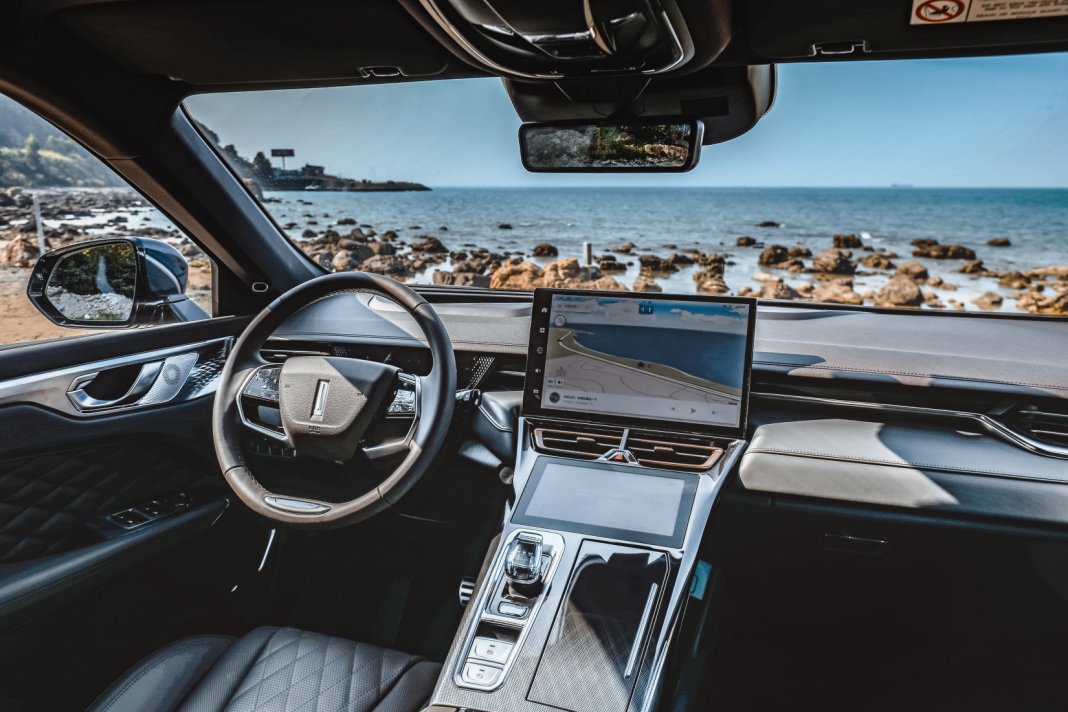 The practice keeps WEY keenly aware of user demands and at the same time maintains its core competitiveness of providing the “best technical experience.” For example, the Mocha DHT PHEV launched in March will undergo internal testing with feedback from users integrated in May. In order to provide solutions within two months, the in-house development team in Shanghai has been working around the clock. When there were not enough vehicles, they conducted tests and problem-solving in three-shift rotation work.
The practice keeps WEY keenly aware of user demands and at the same time maintains its core competitiveness of providing the “best technical experience.” For example, the Mocha DHT PHEV launched in March will undergo internal testing with feedback from users integrated in May. In order to provide solutions within two months, the in-house development team in Shanghai has been working around the clock. When there were not enough vehicles, they conducted tests and problem-solving in three-shift rotation work.
By being honest and professional, WEY can solve most user issues. Li Ruifeng pointed out that users have a high tolerance for WEY actually. As long as reasonable demands are explained well, users will give you enough time to improve. Therefore, when users point out parts that are legitimate, WEY must take action to solve them.
“Must” is not optional.
“If it is a server-side problem, the brand company must solve the problem. If it is a technology-end problem, all the managers of the technology-end port are here, and the person in charge must solve it quickly.” Li Ruifeng was very firm, “all managers of the research, development, production, and sales cannot say no. If we cannot solve the problem, we should be laid off in our own words. Where is your ability if you cannot solve customer problems? Where is your technical advantage?”
This logic is impeccable.
Treat organizational structure as brand building
“Don’t even think about it in traditional luxury brands and joint ventures.”
Because no matter the internal process, mechanism, policy, or even the energy and drive of executives always on the front line are not based solely on better conscience but on the support of the organizational structure. WEY also constantly polishes its organizational structure as a product.
For example, in the management tools, WEY proposed a brand-new target performance assessment last year, running through all the interest communities to achieve “N-to-1” response.
However, in practice, we found that simple KPIs cannot truly touch upon the improvement of efficiency. Li Ruifeng said that it still cannot make the middle and back office feel the urgency and complaints of users. The middle and back office must hear the frontline’s firepower, and even let the firepower hit them directly and feel the direct pressure of firepower, so it must be fully 2C, that is, mobilizing all management teams in the middle and back office to the front office.
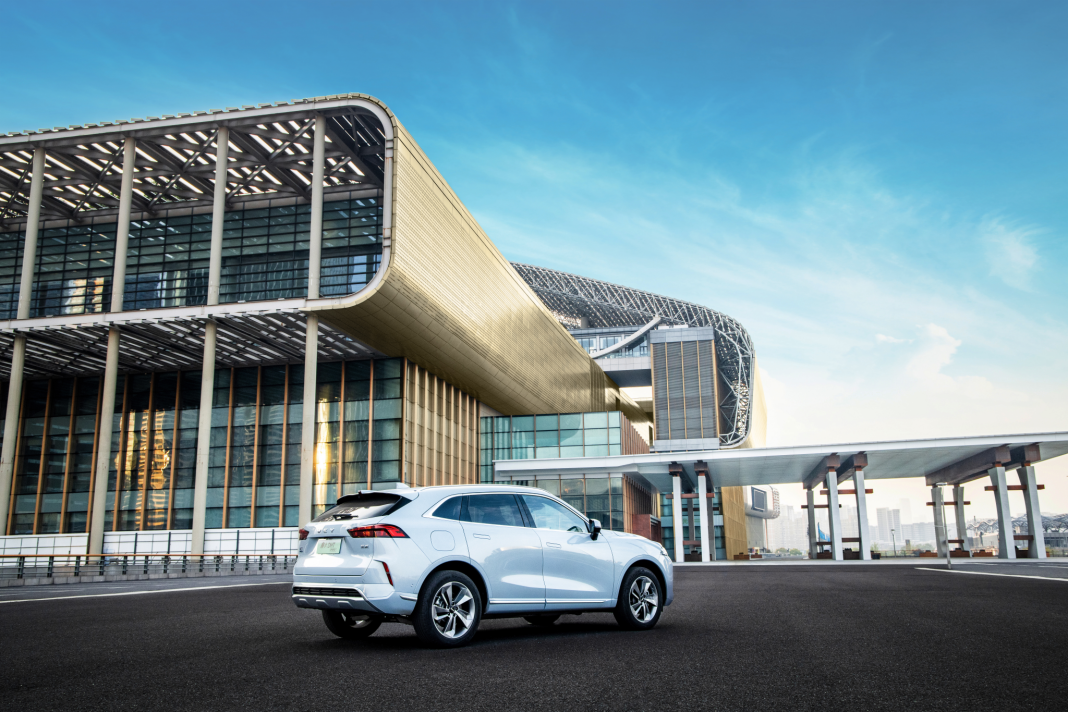
The structure of Great Wall is that the combat groups are responsible for the brand, but the technology is empowered by the “Technology Center.” Originally, it was a separation-style information transfer, where the brand company provided user feedback to the technology center.
After the structural adjustment, all the top leaders involved in research, development, production, and sales were brought to WEY, shortening the information transfer link, so that the user’s voice would not weaken in transmission, and the efficiency of problem-solving would be greatly improved because many technical resources were held by the middle and back office, which could conduct joint research, project approval, and decision-making in the first place.The organization’s iteration has not come to an end yet. In the future, Weipai will set up a special session for the responsible persons of the middle and back offices to answer 400 calls. Users can simply click “I want to hear from the intelligent cockpit executive to answer my questions,” and the executive will appear.
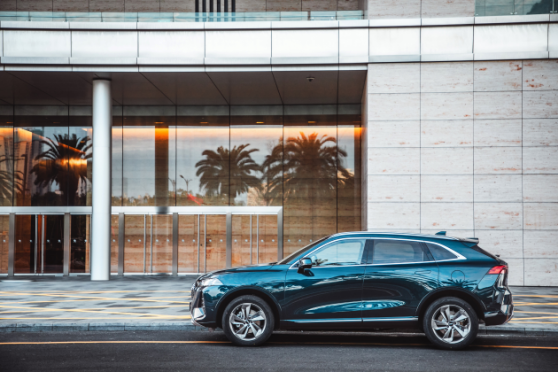
It is not easy for traditional joint venture brands and luxury brands to keep up with the pace in the intense conflict of interests within the organization. Weipai takes user needs into its daily system, concentrates all resources, and implements a flat management structure.
“At seven o’clock tonight, the rotating president, brand general manager, and responsible persons of related modules will hold a banquet,” said Li Ruifeng. “Today, all terminal problems will be reviewed by the marketing center, tackled one by one, quickly solved, refined time, and clarified responsibilities, and a remediation plan must be given.”
This even subverts our usual understanding of manufacturing enterprises. A manufacturing enterprise should pursue stability, because stability promotes efficiency. But today’s consumer market demands flexibility and mobility as well as efficiency. To have everything and try to please everyone is brutal.
“Only by facing users directly like Weipai does, can every manager lead the battle group to penetrate the management center and the back office,” Li Ruifeng said, “Weipai’s changes are unprecedented in magnitude.”
It is precisely because of this that Weipai is responsive to customer demands and is all in for customers’ affairs and brands.

What is a logo? It is passion and face, sediment and accumulation, and premium capital. But above all, it is a company’s glory, a brand’s self-demand, “if you are called Weipai, you should be the best,” with the best technology, the best service, and also the best organization.
It is hard to see which successful Chinese brand this year has fallen down in any aspect. It is an inseparable logic. Began with a good organization, a good user philosophy, a good consumer relationship, and finally, presented the best technology and products. It constructs a new model for Chinese brands and will become a new barrier for them.
The market no longer judges heroes by logos but waits for the next batch of logos of the new heroes. They will not be bound by the logos of the past, but more likely will be brands that are currently working hard to split.
This article is a translation by ChatGPT of a Chinese report from 42HOW. If you have any questions about it, please email bd@42how.com.
